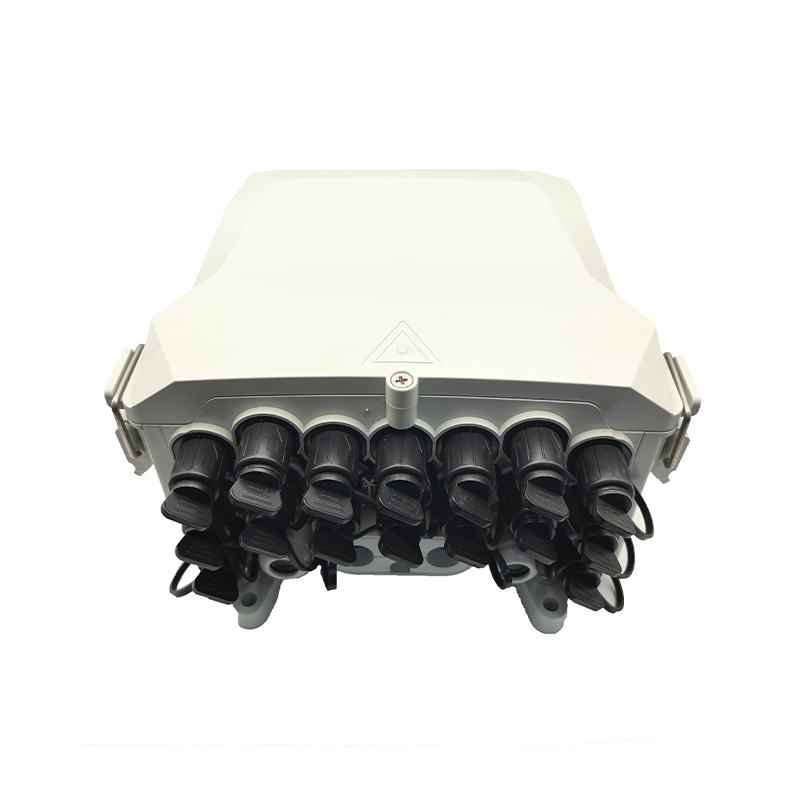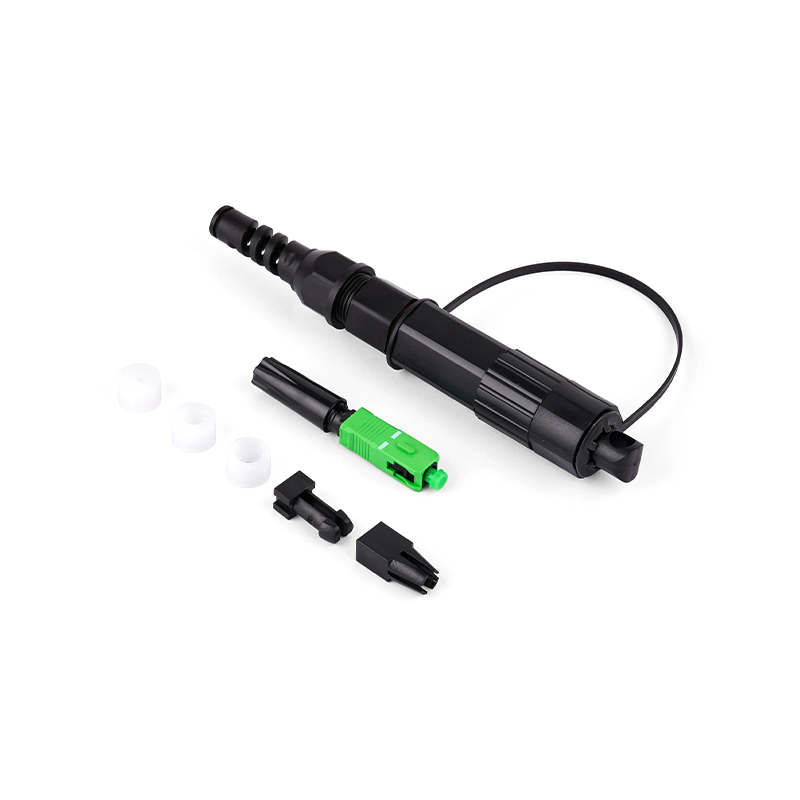What are the applications of fiber optic patch cords?
2025-09-19
Fiber optic patch cables, also known as fiber optic connectors, are an indispensable component of fiber optic communication systems. They have connectors at both ends and are used to enable flexible connections and signal transmission between devices. With the widespread adoption of fiber optic communication technology, the importance of fiber optic patch cables has become increasingly prominent.
Content
Application of Fiber Optic Patch Cables in Data Centers
In data centers, fiber optic patch cables are core components for building high-speed, high-capacity networks. They connect servers, storage devices, switches, and other devices, ensuring high-speed and stable data transmission. Compared to traditional copper cables, fiber optic patch cables offer advantages such as long transmission distance, high bandwidth, and strong resistance to electromagnetic interference, meeting the growing bandwidth demands of data centers.
The Role of Fiber Optic Patch Cables in the Telecommunications Sector
Telecommunication operators use fiber optic patch cables to connect various communication devices, such as optical transmission equipment, optical multiplexers, and optical splitters. Whether in backbone networks, metropolitan area networks, or access networks, fiber optic patch cables play a critical role, ensuring the reliable transmission of voice, video, and data signals. They efficiently connect different network nodes and provide users with high-quality communication services.
Fiber Optic Patch Cables in Home and Business Networks
In home and business networks, fiber optic patch cables are commonly used to connect optical modems (ONTs) to fiber-to-the-home (ONUs) or to routers. They are also used to connect fiber-to-the-desktop (FTTD) devices, providing users with ultra-fast internet access.
Fiber Optic Patch Cables: Types and Selection
Fiber optic patch cables are classified into various types based on connector type, such as SC, LC, FC, and ST, each with its own unique application scenarios. For example, LC connectors are widely used in high-density cabling environments due to their compact size, while SC connectors are commonly used for connecting network devices. Fiber optic patch cables are further categorized as single-mode or multi-mode based on fiber type, and the selection should be based on specific application scenarios and device requirements.
As a key component of optical communication networks, fiber optic patch cables are widely used and crucial. From large data centers to everyday home networks, they provide a solid foundation for fast and stable data transmission. Understanding and selecting the right fiber optic patch cables is a crucial step in ensuring network performance and stability.











